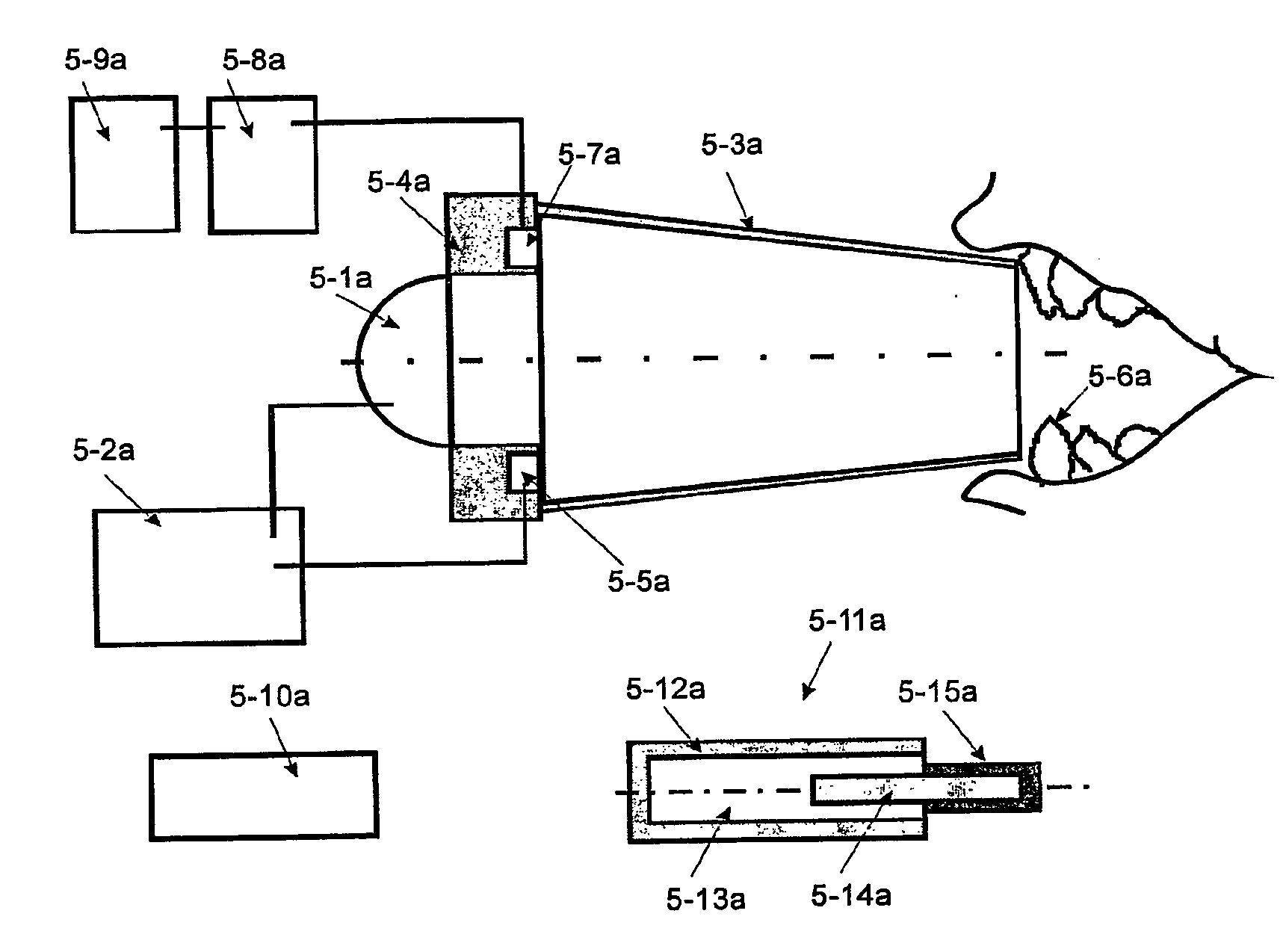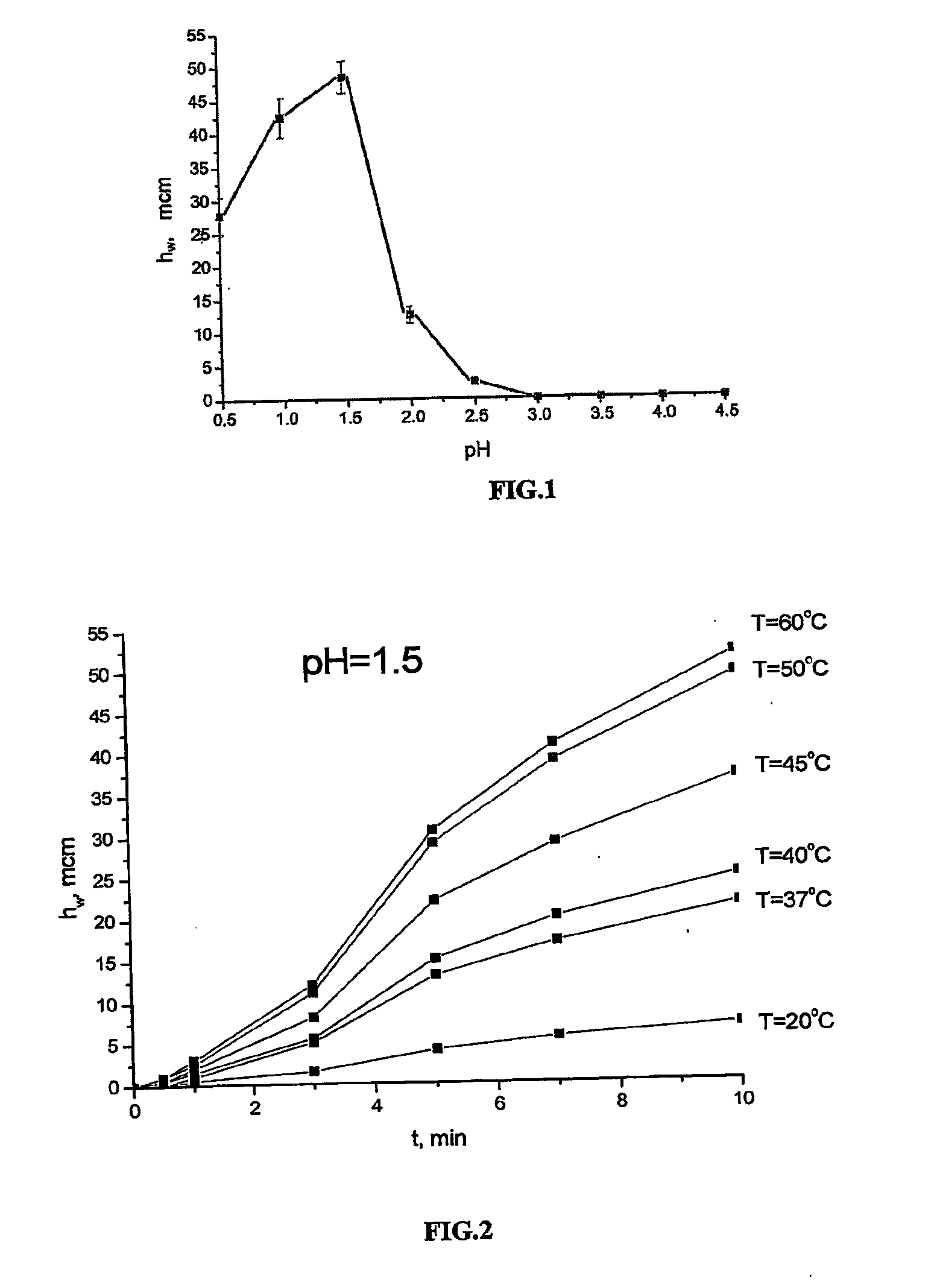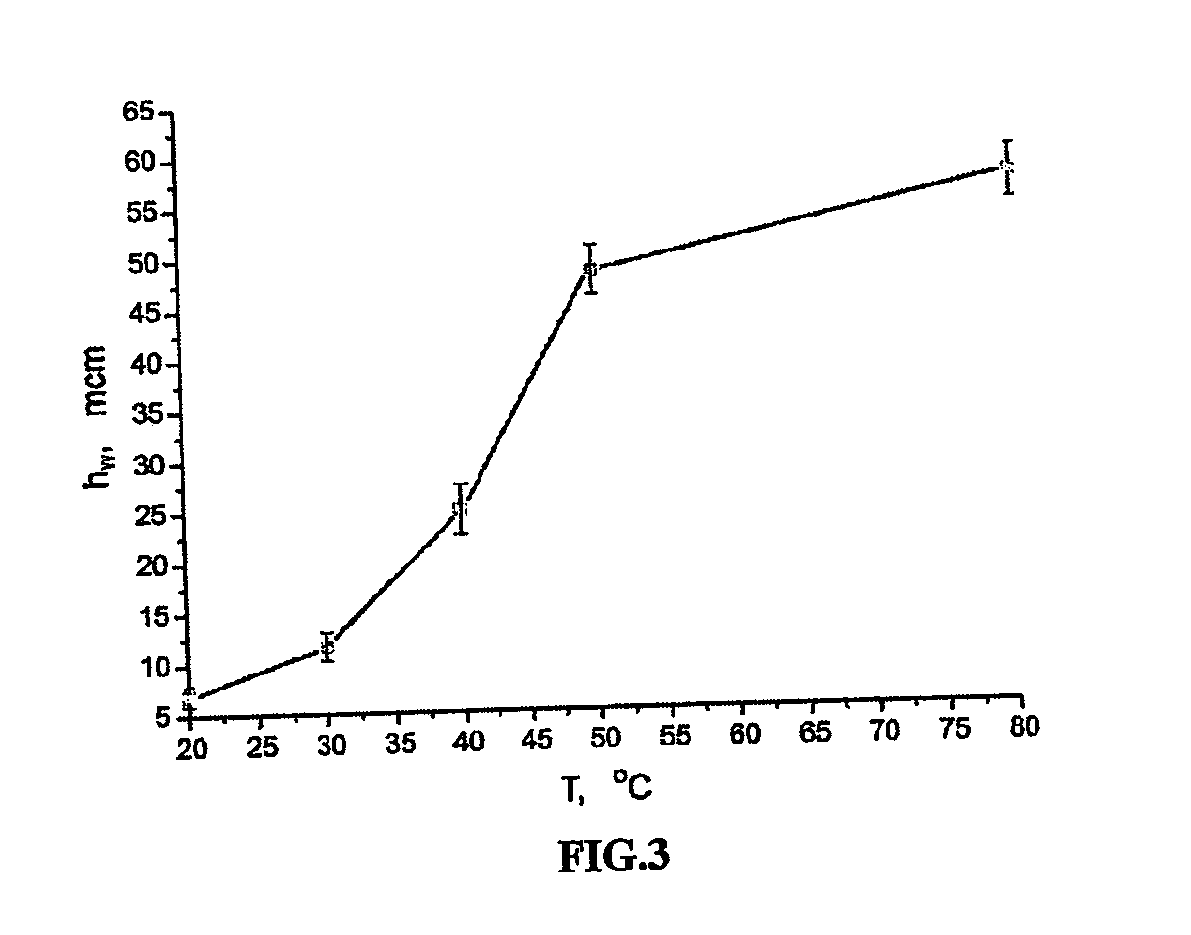Method and apparatus for tooth rejuvenation and hard tissue modification
a technology for hard tissue and tooth rejuvenation, applied in the field of tooth surface rejuvenation and hard tissue modification, can solve the problems of 85% of population still suffering, 30% of adults not satisfied with the cosmetic appearance, and 85% of population still suffers
- Summary
- Abstract
- Description
- Claims
- Application Information
AI Technical Summary
Benefits of technology
Problems solved by technology
Method used
Image
Examples
example 1
In-Office Tooth Whitening Treatment
[0147] An in-office clinical case is described below, which demonstrated the efficacy and safety of tooth whitening using the tooth rejuvenation compound proposed in present invention.
Materials and Methods:
[0148] 1. The study was carried out on the maxillary right first premolar, maxillary left first premolar, and mandibular right first premolar of a 25-year old female subject. [0149] 2. The teeth were then mechanically cleaned, using a flour of pumice and water mix on a bristle brush in a slow speed handpiece. [0150] 3. The VITA shade guide was used to evaluate the shade prior to treatment, after treatment, 1 week after treatment and 1 month after treatment. The results were recorded using digital photography. [0151] 4. A water-based solution of citric acid with a pH=1.5 and temperature of +700C was applied to the subject's enamel using a brush. The compound was applied for a period of 10 minutes to one half of enamel surface (treatment side),...
example 2
At-Home Tooth Whitening Treatment
[0157] A home-based clinical case is described below, which demonstrated efficacy and safety of tooth whitening using the tooth rejuvenation compound proposed in present invention.
Materials and Methods:
[0158] 1. The subject was a male volunteer, with healthy mucosa and gingival tissue as determined by an experienced clinician. [0159] 2. The study was conducted on the maxillary right central incisor. Like the remainder of subject's anterior teeth, it was stained due to natural causes, such as heavy smoking and coffee drinking. Prior to the start of treatment with the rejuvenation compound, the subject was instructed to perform intensive brushing of anterior teeth, with regular toothbrush and toothpastes for the duration of one week. [0160] 3. A water-based solution of edible citric acid was used with a pH=1.5, at room temperature. [0161] 4. The solution was applied to the tooth surface using a toothbrush on daily basis before sleep, for a period o...
example 3
Thermal Treatment of Etched Enamel Impregnated by Sapphire Particles
[0208] The authors produced a durable, white colored coating on the enamel surface in an in-vitro experiment as described below. The experiment was conducted on freshly extracted teeth from subjects in the 25-40 age group. The teeth were extracted for periodontal reasons. All specimens had healthy, intact enamel. Prior to the experiment, the specimen were stored for no longer than two weeks in a physiological solution, in a dark place at a temperature of approximately +4° C.
[0209] One half of the crown of the tooth was coated with varnish. The specimen was men placed in water-based solution of edible citric acid with a pH=1.5 at a temperature of approximately +5O0C. The tooth was exposed to the acid for a period of approximately 10 minutes, which was sufficient for the formation of a porous layer of enamel, approximately 50 μm in thickness on unprotected side of the specimen. Following exposure to the acid, the si...
PUM
| Property | Measurement | Unit |
|---|---|---|
| temperatures | aaaaa | aaaaa |
| temperatures | aaaaa | aaaaa |
| temperature | aaaaa | aaaaa |
Abstract
Description
Claims
Application Information
 Login to View More
Login to View More - R&D
- Intellectual Property
- Life Sciences
- Materials
- Tech Scout
- Unparalleled Data Quality
- Higher Quality Content
- 60% Fewer Hallucinations
Browse by: Latest US Patents, China's latest patents, Technical Efficacy Thesaurus, Application Domain, Technology Topic, Popular Technical Reports.
© 2025 PatSnap. All rights reserved.Legal|Privacy policy|Modern Slavery Act Transparency Statement|Sitemap|About US| Contact US: help@patsnap.com



